When you switch from gas cars to electric cars, one of the things you'll notice is the charging time. You only need a minute or so to fill up your car with gasoline. You can also do it when your fuel tank is also empty because it's just a minor detour. But, with EVs, it's far from the case. Most electric cars take hours to recharge. Fortunately, you will likely have other things to do while charging your EV.
How long does it take to evcharge an electric car? And what are the things that affect charging speed? This article covers all questions related to the charging time of electric vehicles.
Factors That Affect Charging Speed
Honestly, the number of things that could influence the charging speed of EVs is so many that it would be extraneous to cover them all. We’ll only look into a few of the more important ones that you should take note of.
Battery Capacity
Imagine two cups of different sizes that are to hold water. Pouring the water at the same rate, the smaller cup is going to get filled quicker than the larger one. This logic also applies to charging electric car batteries.
For example: assume two chargers deliver 11 kWh of power to different batteries. One of them has a capacity of 40 kWh and the other has 100 kWh. The battery with a capacity of 40 kWh will get filled in about four hours, while the battery with a 100 kWh capacity will take as much as ten hours.
But if you consider only this factor, you still wouldn’t be able to predict the charging speed.
Power Output Of The Charger
Let’s still make use of our imaginary cups. If you pour water in trickles into the smaller cup, while dumping into the larger cup, there is a chance that the larger one will get filled faster.
Using a charger with a larger power output will make the capacity of the charger matter less. If you should use a charger with a 50 kWh output for our 100 kWh battery, you’d fully recharge it in two hours. The power output is determined by the level of the charger, whether it’s Level 1, 2, or 3.
This factor is more relevant to the charging speed than the size of the battery. The only thing that affects this is the capacity of the car’s on-board charger. If the on-board charger of a car can only take 11kWh of power, using a 21kWh charger will not increase its charging speed.
State of Charge (SoC)
The state of charge of the battery refers to its percentage at the time it is plugged in. Charging speed tends to decrease the closer the battery is to 100%. This means that a higher state of charge means a slower charging rate and a lower SoC means a faster charging rate.
To put it in simpler terms, charging an electric car from 0% to 80% is faster than charging it from 80% to 100%.
You can find out how this affects your car by checking out its charging curve. Different models of electric cars have different charging curves.

Temperature
When batteries are either too hot or cold, they get less efficient at taking in and storing energy. The best temperature range to charge a battery in is between 20°C and 25°C. If you charge at temperatures lower than 0°C or higher than 40°C, then the health of the battery will degrade rapidly. This is especially noticeable when using DC fast charging.
While it looks like a weakness of the battery itself, this is actually how they’re designed. The battery management system reduces power in extreme temperatures to protect the battery.
To solve this problem, recent electric cars have temperature regulation systems installed in them. Still, it’s best to avoid charging your electric car in extreme temperatures.
Model Of The Electric Car
In the end, the battery and onboard charger capacity are directly determined by the model of the car. So, aside from the level of the charger used, the vehicle model is the most important factor that determines the speed of charging an electric car.
Charging Times For Electric Cars
Speaking of the model of the vehicle, below is a table of comparison of the charging times for various models. In the table, we list the battery and the onboard charger capacity so you can see how it affects charging time. The power output of the charger is the standard 22 kWh.
|
Model |
Battery Capacity |
Onboard Charger Capacity |
Charging time (0-100%) |
|
Kia Soul EV |
67.5 kWh |
7.2 kW |
~9 hrs 15 mins |
|
Vauxhall Corsa-e |
47 kWh |
7.2 kW |
~7 hrs 30 mins |
|
Ford Mustang Mach-E |
70.0 kWh |
11 kW |
~7 hrs |
|
Kia EV6 |
77.4 kWh |
11 kW |
~6 hrs |
|
Volkswagen ID.4 |
62 kWh |
11 kW |
~6 hrs |
|
BMW i X Drive 40 |
76.6 kWh |
11 kW |
~7 hrs 30 mins |
|
Audi Q6 e-tron |
100 kWh |
11 kW |
~9 hrs |
|
Polestar 4 Long Range Single Motor |
100 kWh |
22 kW |
~5 hrs |
|
Renault Zoe R135 |
54.7 kWh |
22 kW |
~2 hrs 30 mins |
From the table, we can see how the charging time reduces drastically as the onboard charger capacity increases. This happens despite the size of the battery. For example, the Audi Q6 e-tron has the same battery size as the Polestar 4 Long Range. But, the latter has twice the onboard capacity. This reduces its charging time by almost half of the Audi.
Also, there are some cases in which this pattern doesn’t seem to hold. This is likely due to the influence of the other factors listed above.
Electric Car Charging Times For All EV Charging Levels
The other important factor that affects the charging time of EVs is the power output of the charger. The higher the level, the faster it will charge an EV.
Level 1 Chargers
The slowest of them all are Level 1 chargers. When you buy a new electric car it comes with a level one charger. EV drivers usually upgrade to Level 2 once they have the chance because it’s not the optimal kind of charger.
Level 1 chargers can connect to the standard 120V outlet. This makes it convenient for new EV owners, as they don’t have to go through any installation processes to be able to use them. On the downside, they give only about 1 kW to 1.8 kW of power when charging. Using this charger will mean you will have to spend as much as an entire day or two to recharge an electric car from 0% to 100%. Its connector type is J1772 (type 1) on the EV end.
Because of its speed, it’s impractical to use anywhere other than at home.
Level 2 Chargers
These are the more standard kind of chargers for an electric car owner to use. They’re the most common type, used by EV drivers at home and charging stations. Level 2 chargers need to be plugged into a 240-volt outlet to work and can deliver a power output of up to 22 kW. Level two chargers also have additional features like smart charging and load balancing. The combination of features works to optimize your charging experience. Its connector type is the usual J1772 (Type 1) and Mennekes (Type 2) in Europe.
With power outputs of this level, a standard EV battery can be charged in half a day. If the onboard charger of the electric car has a high capacity, then a Level 2 charger will charge the car in just a few hours.

Level 3 Chargers
Level 3 chargers are also commonly known as DC fast chargers. While the Level 1 and 2 chargers are both AC chargers, DC fast chargers are very different.
The power that comes from the grid is called Alternating Current (AC). Electrical devices and machinery can only use and store Direct current (DC). What Level 1 and 2 chargers do is that they pass the AC into the onboard charger of the electric car, which then converts it to direct current for the car to use.
The thing is, there is a limit to how much work these onboard chargers can do. This puts a physical barrier to how much electricity a car can take in at a time.
However, with Level 3 chargers, the case is different. The AC to DC conversion is done outside of the electric car. The charger then bypasses the AC car charger and injects DC power directly into the car battery. This allows the electric car to charge magnitudes faster than when a level 1 or 2 charger is employed.
To put it into more concrete values, Level 3 chargers have a minimum power output of about 50 kWh. That’s more than twice the maximum a Level 2 charger can do. Plugging in a charger with this power output to a standard electric car will make it charge from 0 to 100% in just an hour.
DC fast chargers can reach power outputs of 360 kWh, charging even the largest of batteries in minutes. They also have smart charging features like dynamic power distribution. DC cables come with connector types of CSS1 in North America and CSS2 in Europe.
They’re the least common type of charger and are usually only available on highways, car dealerships, and select metropolitan areas.
The table below compares the speed of the different levels of chargers while charging an electric car with a battery size of 100 kWh
|
EV Charger Level |
Power Output |
Charging Time (Onboard Capacity of 11 kW) |
Charging Time (Onboard Capacity of 22 kW) |
Charging Time (Bypassing Onboard charger) |
|
Level 1 |
1 kW - 1.8 kW |
~ 70 hrs |
~ 70 hrs |
/ |
|
Level 2 |
3.3 kW - 22 kW |
~ 13 hrs |
~ 6 hrs |
/ |
|
Level 3 |
50 kW - 360 kW |
Onboard capacity irrelevant |
Onboard capacity irrelevant |
Less than 1 hr |
Electric Cars Vs Gas Cars Charging Time
Refilling a car with gas takes almost nothing of your time compared to when charging an EV. large gas tanks take about 10 minutes on average to fill up. On the other hand, even the smallest EVs using a level 3 charger will take at least 15 minutes to go from 20% - 80%.
In the worst-case scenario, an electric car can be up to 40 times slower at recharging than a gas car. In terms of speed, the odds are clearly in favor of gas car refilling.
How Long Does It Take To Charge A Chevy Volt?
The Chevrolet Volt is a hybrid car with a battery capacity of just 18.4 kWh. With a level 1 charger, it takes about 13 hours to charge. With a level 2 charger, charging time is a little more than 2 hours.
Chevy Volts are built with the ability to use both gas and electric charging, so it makes sense that the battery capacity is so low.
How Long Does It Take To Charge A Tesla?
Being one of the most popular electric cars, Teslas come in a variety of models. Combined with other variables, it’s difficult to know precisely how long it takes a Tesla to charge. But, below are some of the most popular models and their charging details:
|
Model |
Charging Time |
|
Tesla Model 3 |
~ 9 hrs |
|
Tesla Model Y Long-Range |
~ 8 hrs |
|
Tesla Model S |
~ 11 hrs |
|
Tesla Model X |
11 - 12 hrs |
How Long Does It Take To Charge An Electric Car US
Charging times for electric vehicles in the United States are similar to those in other parts of the world and depend on several key factors: the level of development of the charging infrastructure, the type of charger, and the specific specifications of the electric vehicle, such as the capacity of the on-board charger and the capacity of the battery. Charging times are expected to decrease further as charging facilities improve and expand, which will make EVs more convenient and practical.
Typical U.S. household outlets (120V, 15A to 20A) and higher-power specialized outlets (e.g., 240V, 30A dryer outlets or 240V, 50A RV outlets) offer different charging options. For example, using a 32A 240V charger on a 50A circuit will charge 7.68 kWh in about an hour, enough to drive 30 miles. While there are devices and circuits capable of supporting faster charging, an individual's specific needs and budget will determine which charging solution to choose. In some cases, using existing household outlets and portable chargers may be sufficient for everyday needs without the need to install additional specialized charging equipment.
Conclusion
While the charging time might seem like a bother for electric car owners, it isn’t. The only time you need to charge your car is when you aren’t using it. Luckily, humans don’t need cars 24/7, so there is a lot of time to get your battery up.
If you’re getting a new electric car, you should be prepared for this part of owning an EV. With time, more charging technology will be created, and maybe one day, charging an EV will be as time-consuming as going to a gas station for a refill.
Related reading: Four Types of Electric Vehicles: BEVs, PHEVs, FCEVs, HEVs

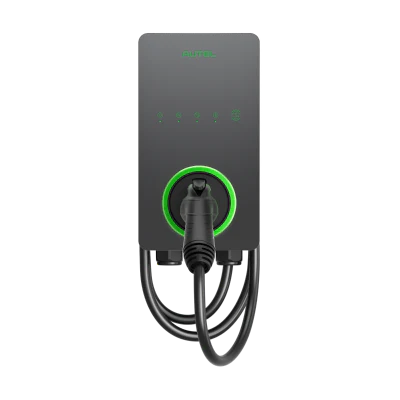
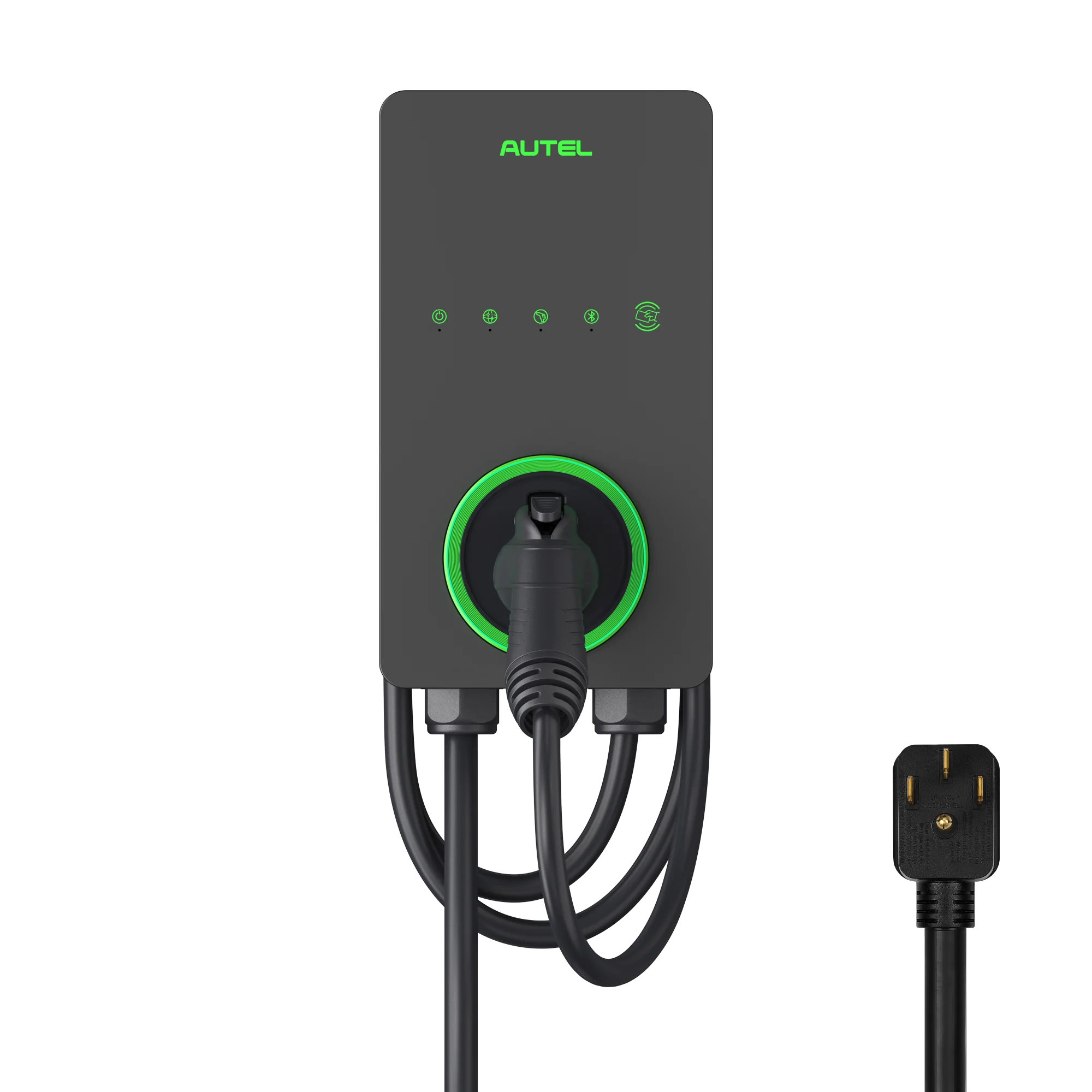
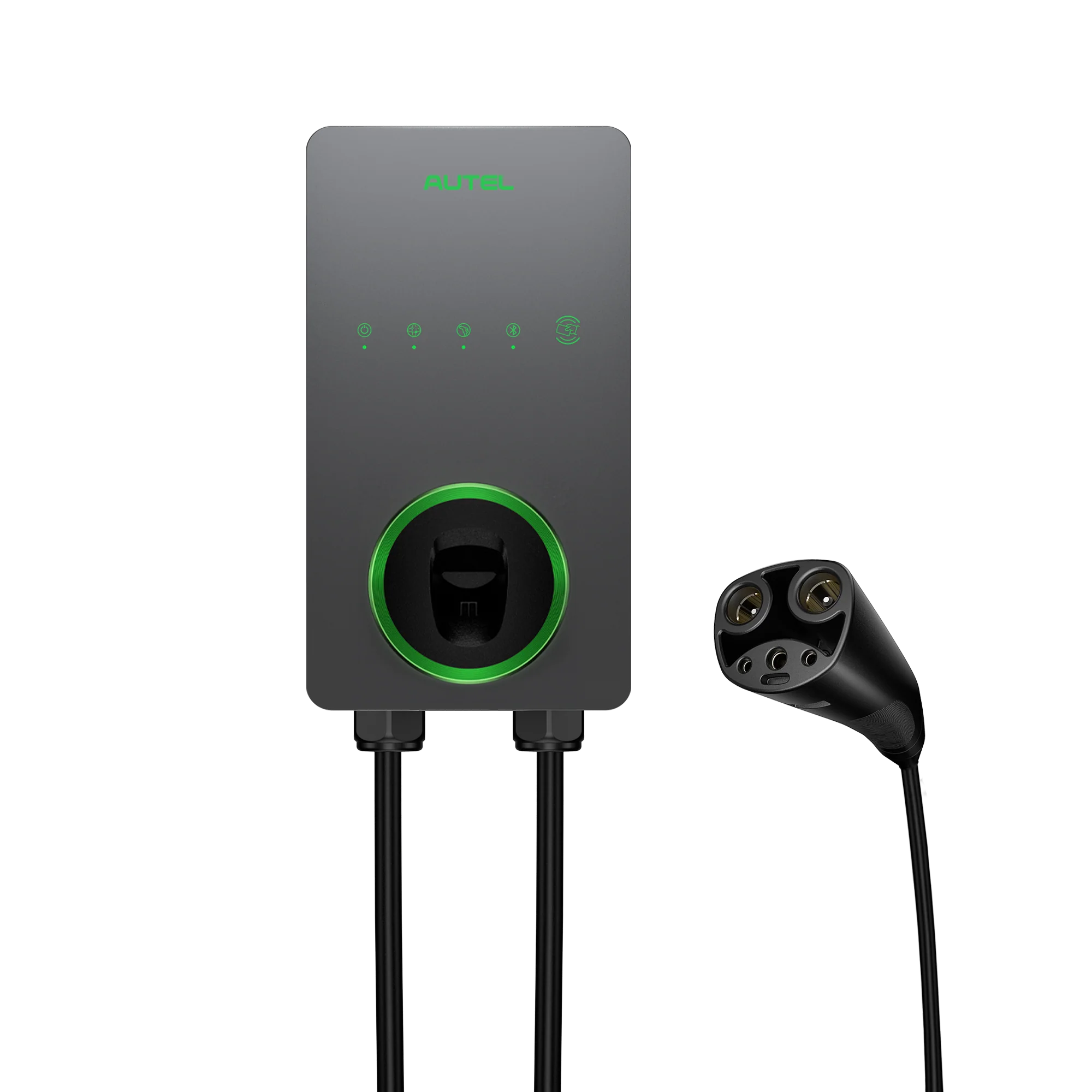
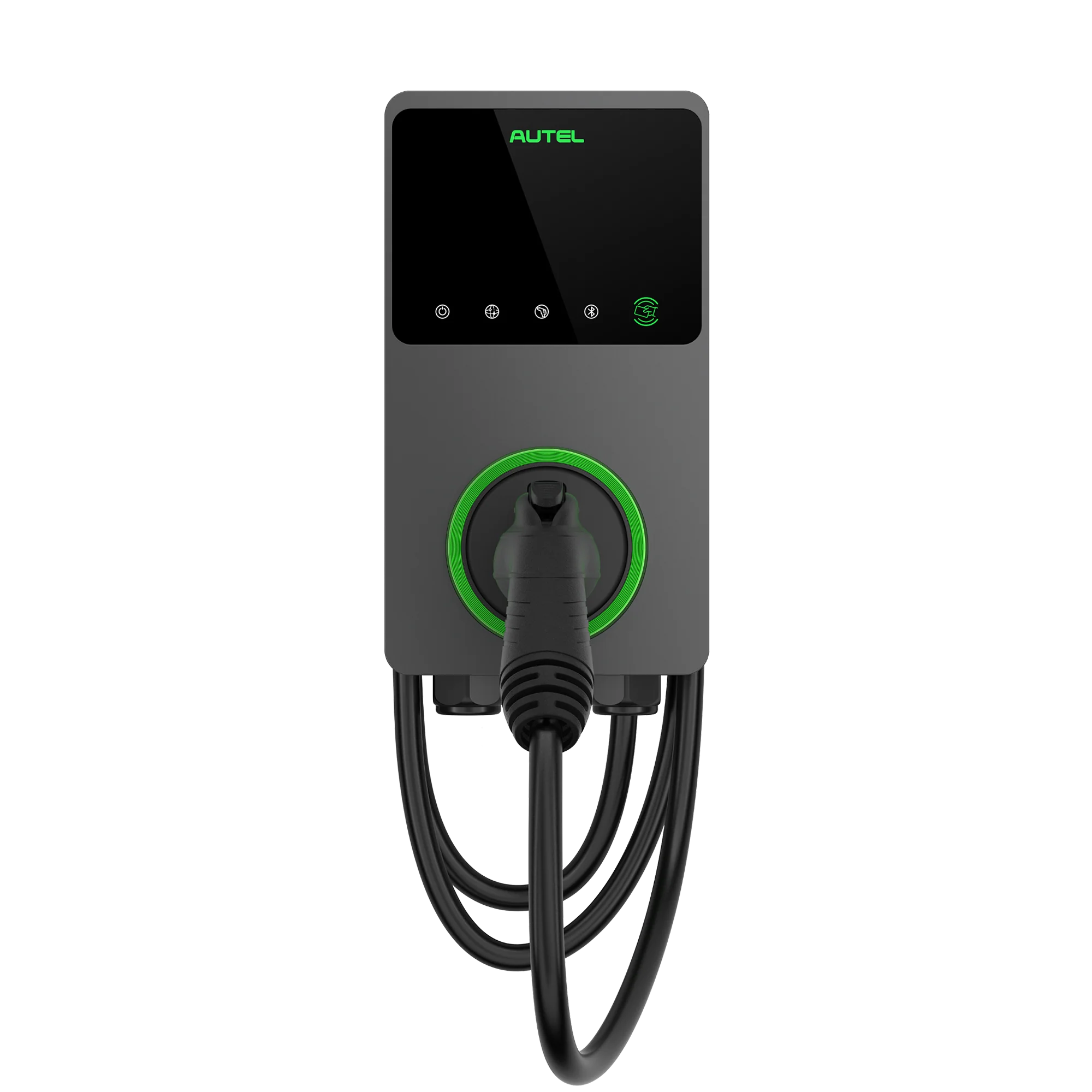
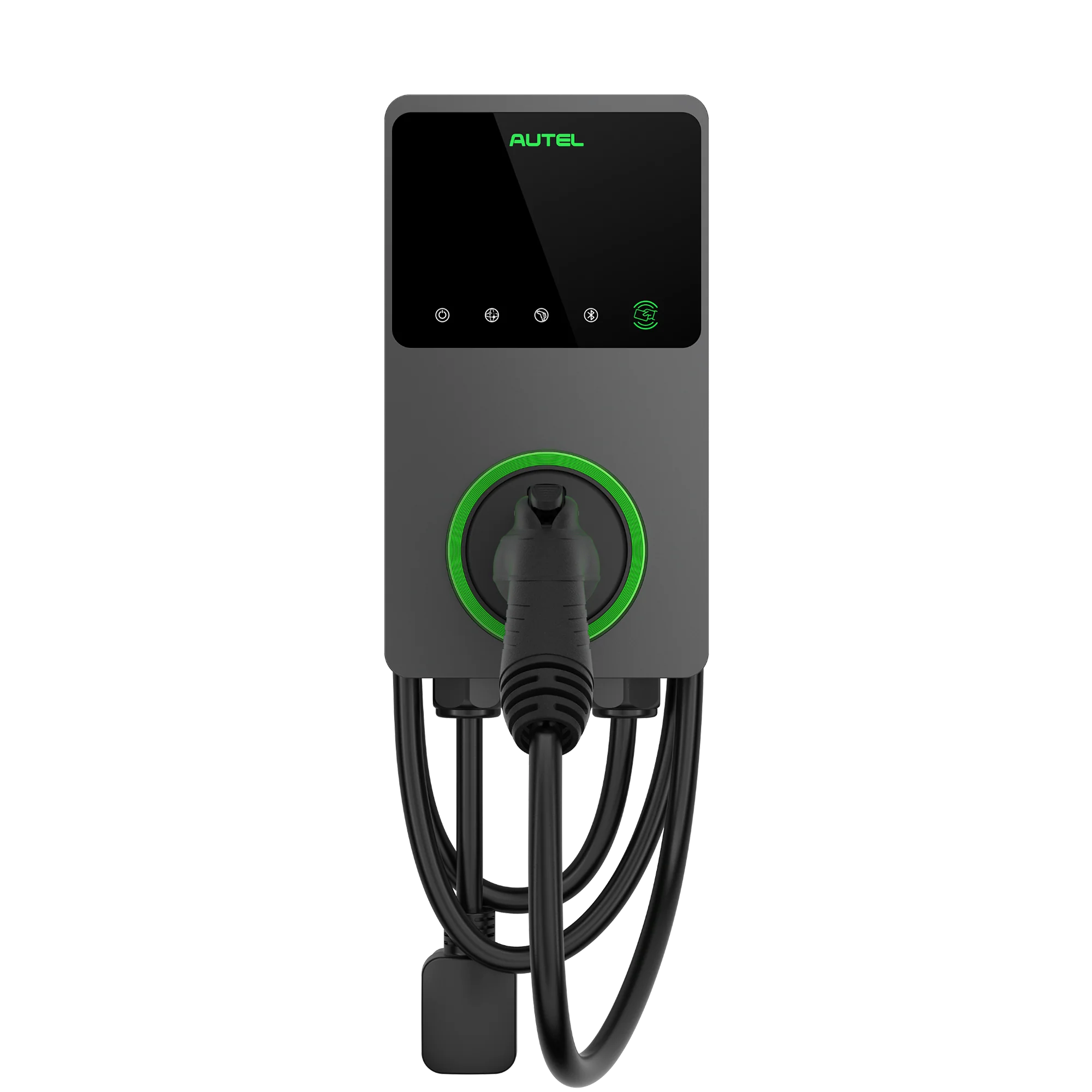

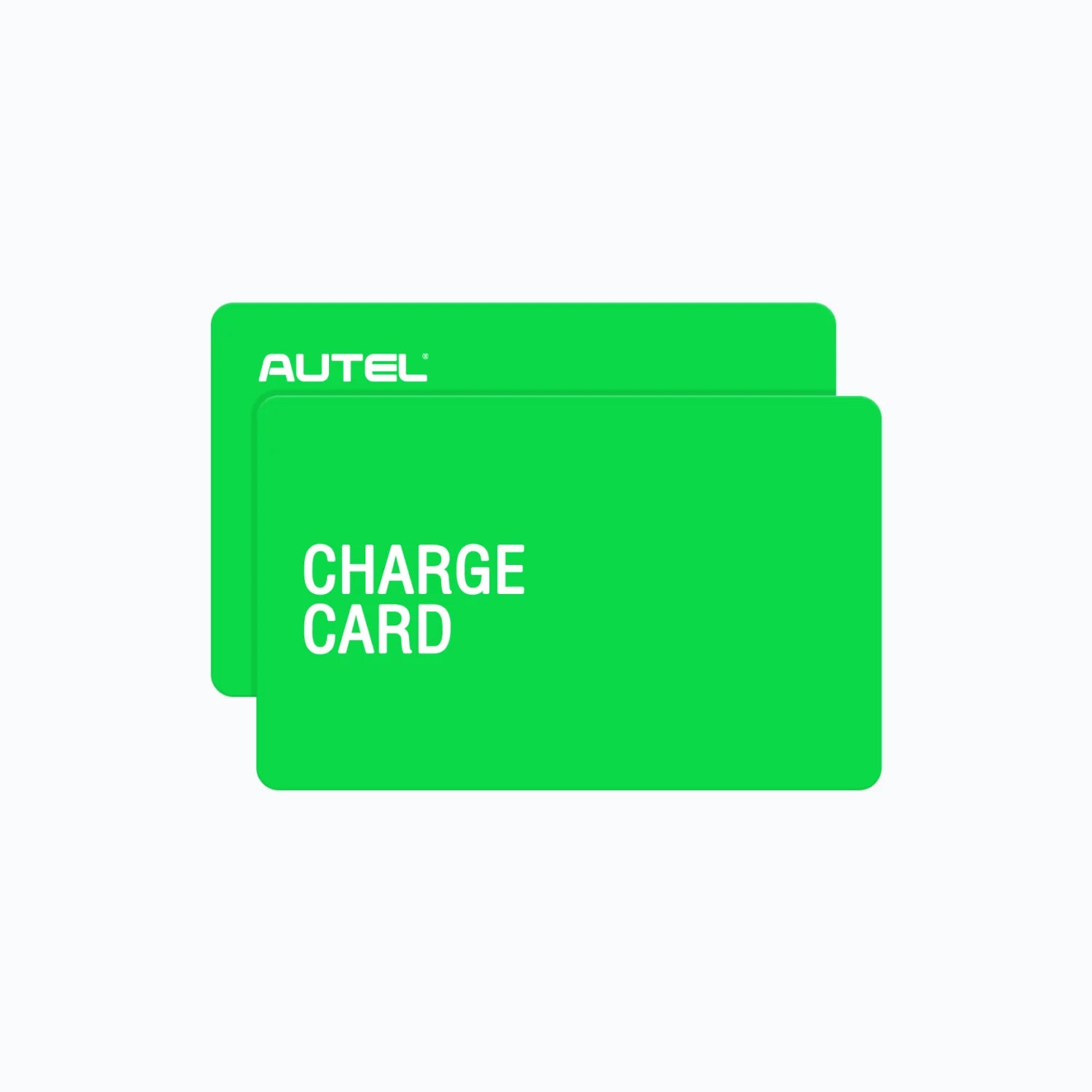
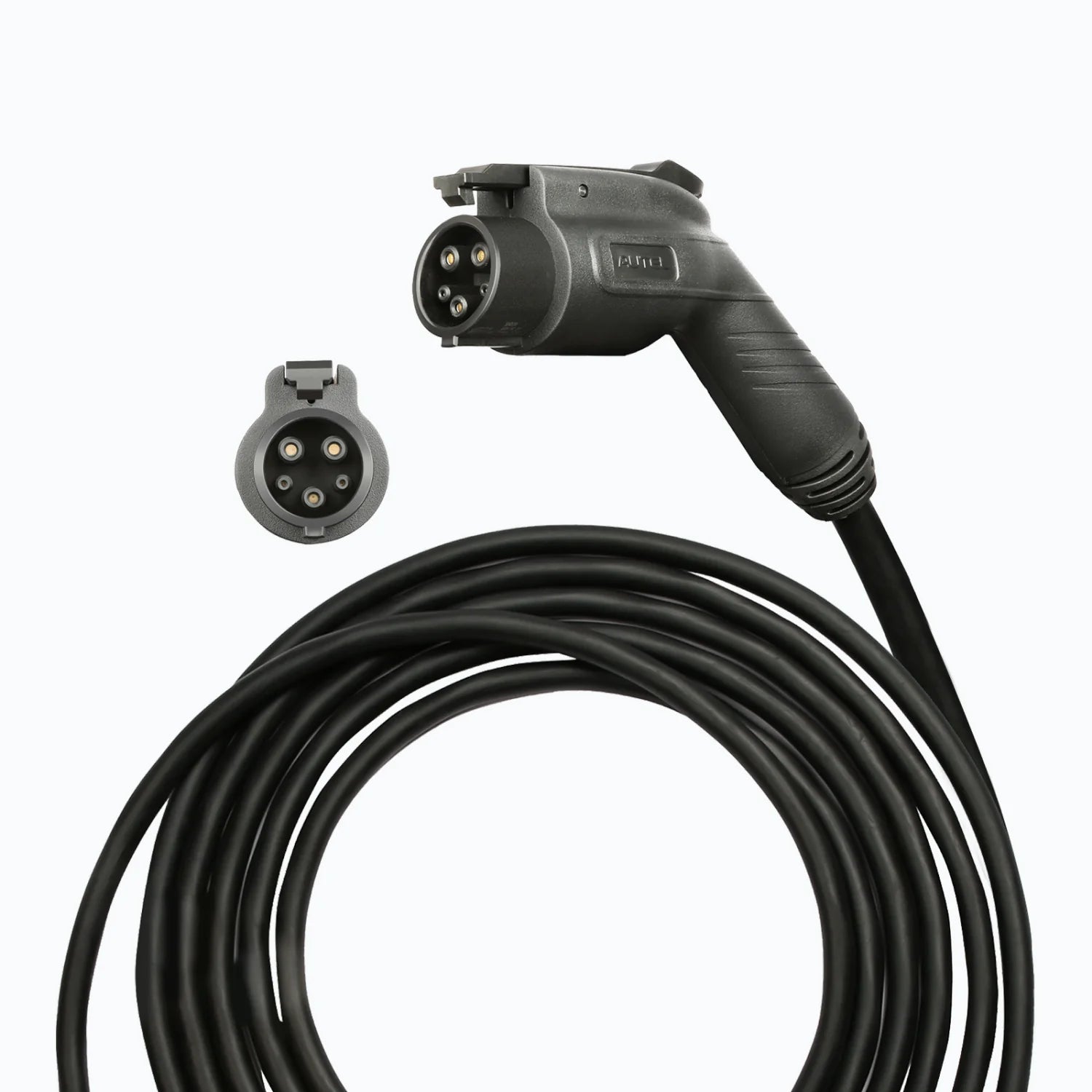
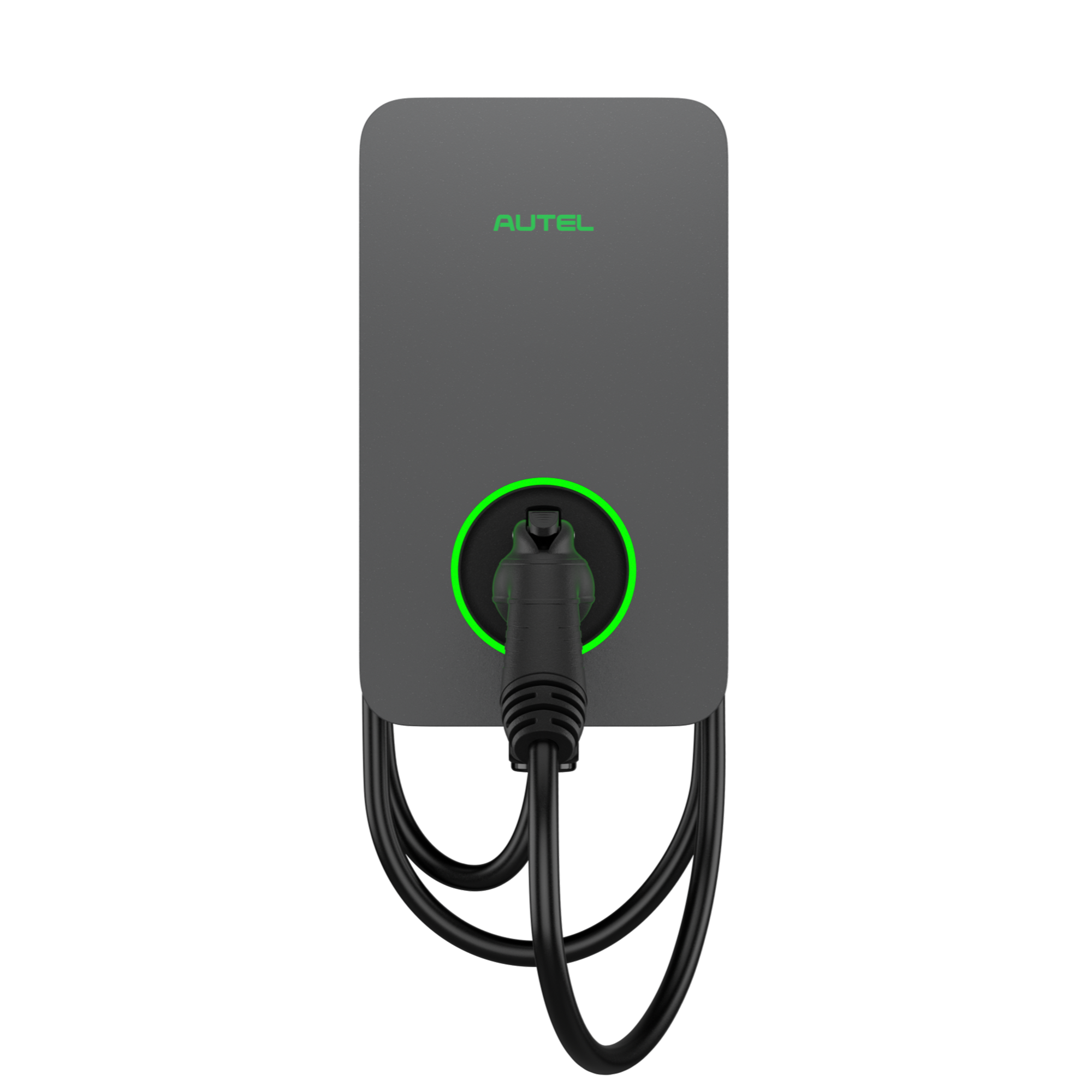

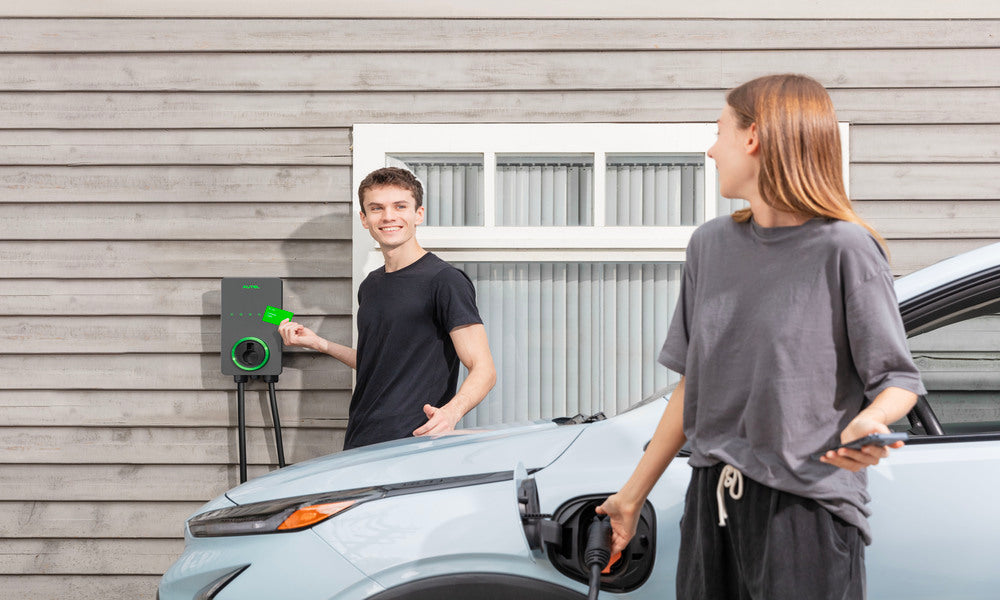
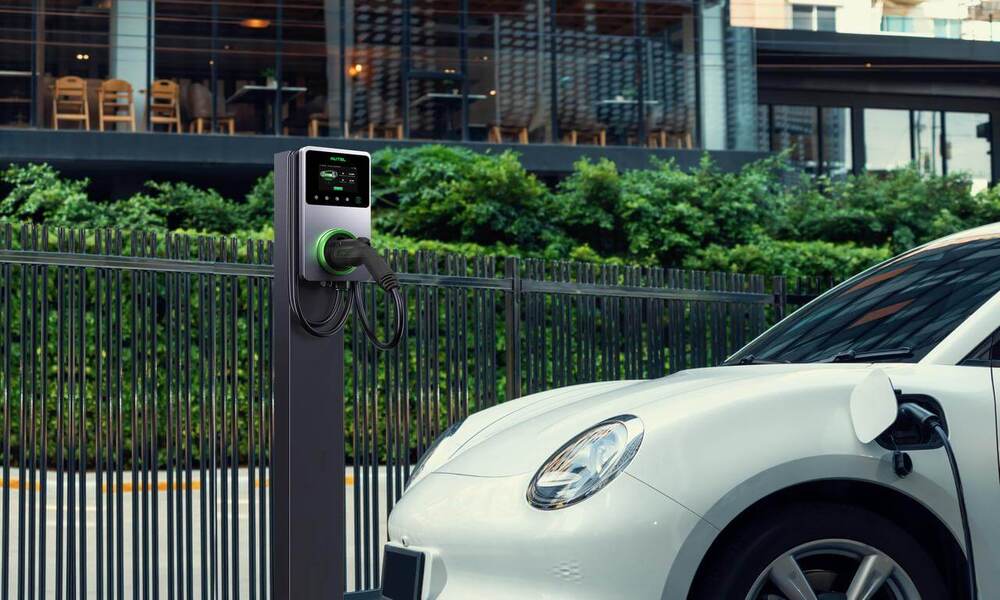

Leave a comment
All comments are moderated before being published.
This site is protected by hCaptcha and the hCaptcha Privacy Policy and Terms of Service apply.